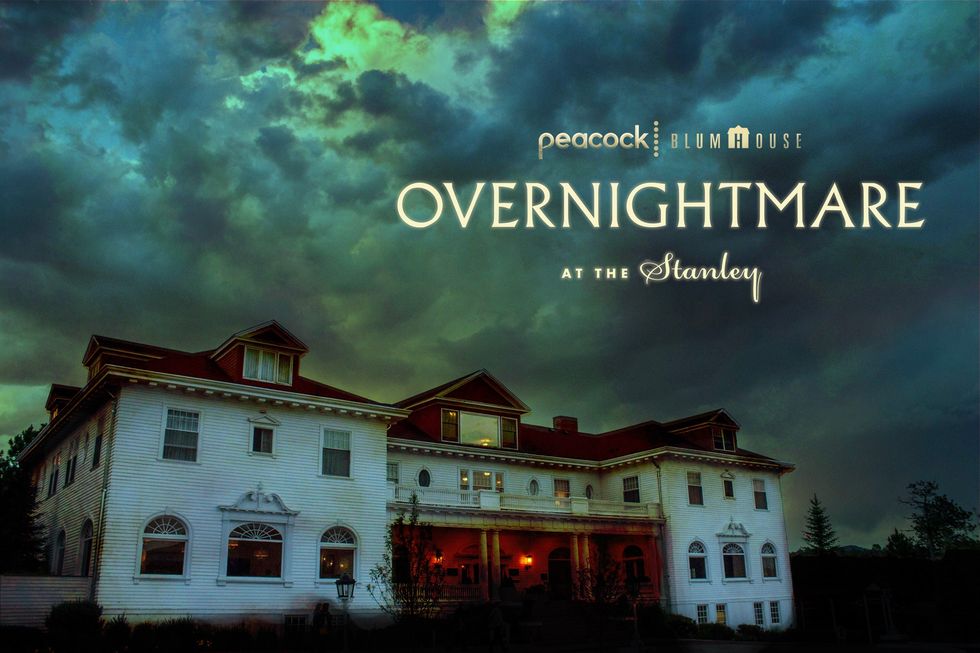Lumsden, a design firm specialising in retail and F&B for visitor attractions, has announced that the Portico shop at the National Gallery is now open to the public once again, following a three-month refurbishment during which time the firm delivered an entirely new design, created in order to help guests better connect people with the great art of the National Gallery.
The world-renowned museum in London’s Trafalgar Square is home to the UK's collection of paintings in the Western European tradition from the late 13th to the early 20th centuries.
The 194-square-metre new-look shop was created as a crucial element of the National Gallery experience, enabling the museum to engage and inspire visitors in fresh and interesting ways. By experimenting with scale and drawing inspiration from the unique art, architecture, conservation methods, and materials found at the Gallery, Lumsden designed the space as a multi-sensory, three-dimensional experience.
The Portico Shop reopens to coincide with the museum's newest temporary exhibition After Impressionism: Inventing Modern Art.
Design inspired by conservation
Oversized illuminated panels draw people in through the three entrances to the Portico shop. Each one reproduces "crops" of beloved works of art, including Van Gogh's Sunflowers (1888), Monet's The Water-Lily Pond (1899), and Rousseau's Surprised! (1891), allowing viewers to examine the methods, brushstrokes, pigments, and canvases up close. This increases viewers' engagement with and appreciation for each artist.
Lumsden drew inspiration from the National Gallery's conservation efforts during the design development process. For instance, The Conservation Department, which is painted in a dark inky tone that provides the conservators with the ideal backdrop for their job of safeguarding and preserving the original paintings and materials, served as an inspiration for the colour scheme used for the shop walls.
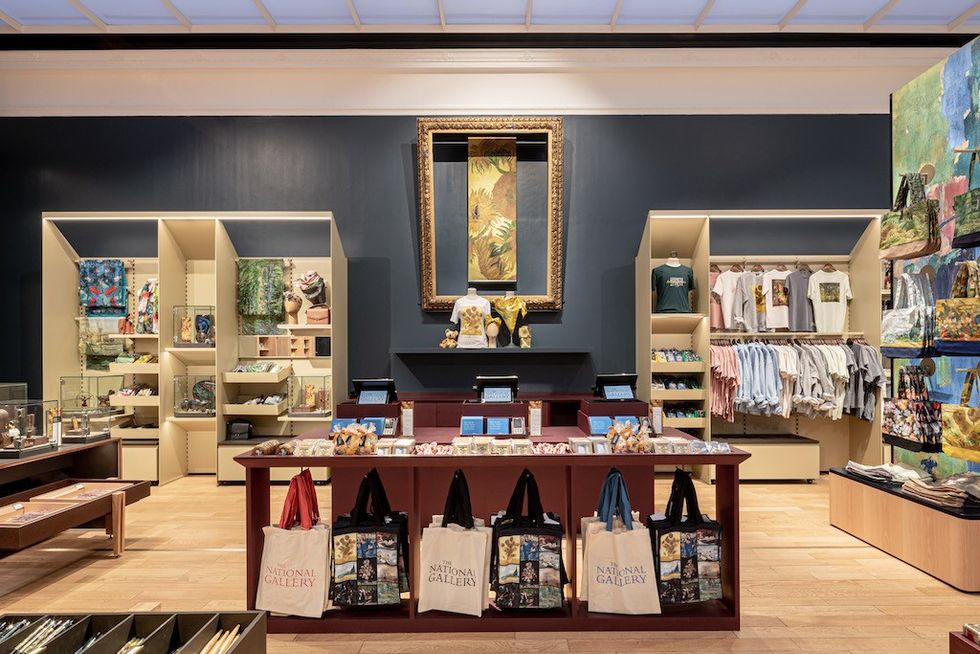
Another highlight is the use of antique frames, which are works of art in and of themselves. These frames were restored by expert craftspeople in the Gallery's Frame Department using time-honoured methods. Behind the pay and wrap area, in the centre of the shop, is an original frame from a painting by Garofalo. This frame can be merchandised to emphasise touring exhibits and seasonal events, in order to keep the feature current.
Creating links to the Gallery's rich heritage
Rina Keane, senior designer leading the project for Lumsden says: “Part of our design response was to surprise visitors with more playful, unexpected links to the Gallery’s rich heritage. We wanted to create moments of fun throughout with subtle animations of the collection or putting a modern twist on the Gallery’s original finishes.
"The final store palette includes numerous nods to the Gallery’s history such as the bold, geometric print in the seating nook supplied by Gainsborough-inspired fabrics that also provided the original wallpapers in the Gallery spaces, or the Portico Marble texture showing up a backdrop of all the store graphics. The final design and palette of the Portico Shop is a true celebration of the Gallery itself.”
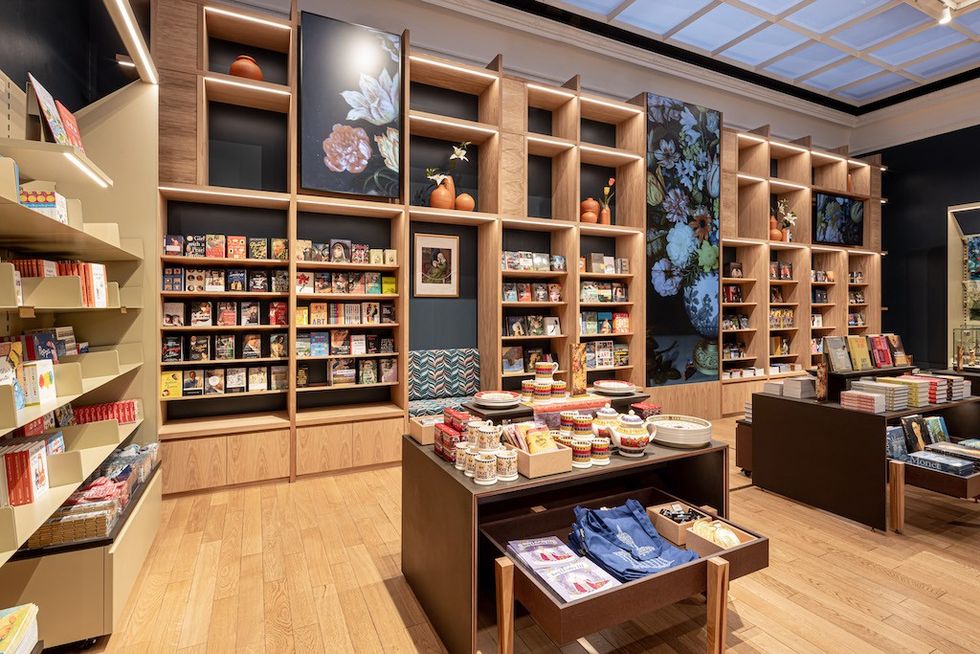
Mark Middleton, head of retail at National Gallery Global Limited said of the new Portico Shop design:
“My initial brief for the Lumsden team was a simple one, to set a new standard for Cultural Enterprises. Not much of an ask you may think, but standing in the space as it is now, I can confidently say they have achieved this and so much more. It is hard to believe this is the same shop the transformation is to be seen to be believed.
"The utilisation of bold interventions, clear mapping of the visitor routes through the space and the playful use of AV have not only enhanced the link between the retail space and the wider Gallery but have helped to create a more immersive and coherent shopping environment.
"This is truly a space to be proud of and one that is befitting a national institution such as the National Gallery. This has been a fantastic project to work on and I look forward to working with the team again in the near future.”
A flexible and inviting space
The Portico Shop is a centrally located, windowless space on the second floor of the National Gallery. To address this, Lumsden developed four 3.5m high lightbox panels and a back wall illumination brought in through screens to provide a sensation of light and brightness to the space.
Using the height of the area to form zones and entice customers into the shop was another important factor in their design approach for these panels. All of the panels are easily rotatable to enable a variety of layouts, such as a shop in shop for special exhibitions or seasonal goods. By placing sustainable merchandise units at a lower level, the need for additional signage is eliminated.
Temporary exhibitions are celebrated in the shop's central spine, which also offers potential for cross-merchandising.
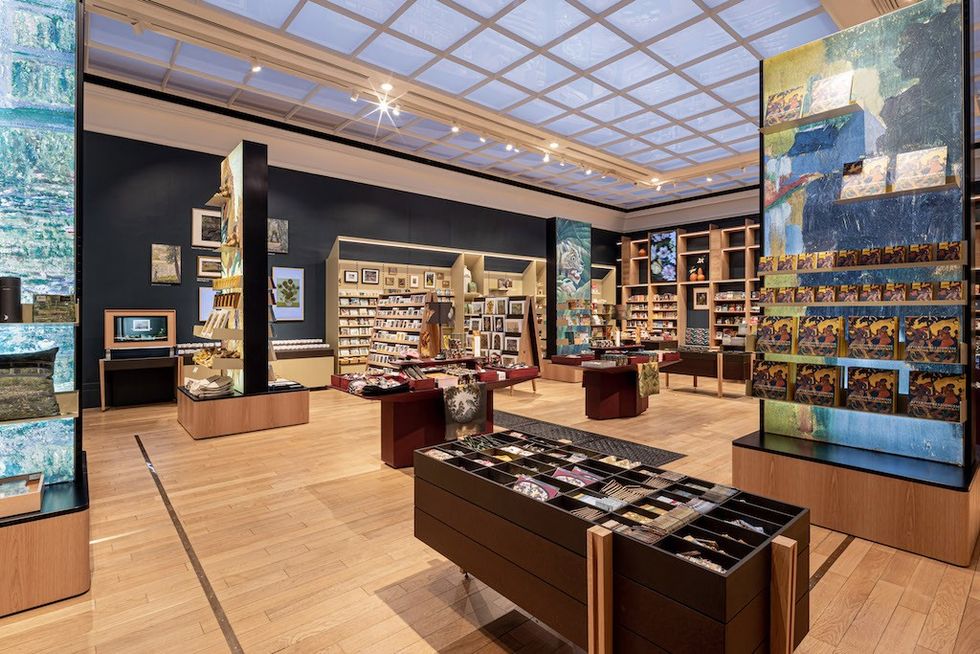
Books are located along the back wall in a prominent fixture that is visible from all entrances. It has a recessed seating area covered in Gainsborough Flamestich fabric and an illuminated 3.6-m digital panel with a stunning animation that was inspired by the Bosschaert painting A Still Life of Flowers in a Wan-Li Vase as a backdrop. This feature draws customers to the back of the shop by creating the illusion of flowing light.
James Dwyer, creative director of Lumsden says:
“The new Portico Shop is a celebration of our Nation’s collection of great art, and also the iconic architecture of the Gallery that surrounds it, which celebrates its 200th anniversary in 2024. The shop is designed as an extension of the Gallery, giving visitors a seamless experience that connects them with the art that they’ve come to see in new and engaging ways.
"We are very proud of our collaboration with the National Gallery team, our hope is that this is the start of an exciting future for National Gallery Global.”
Dwyer gave insights into the design of themed retail environments at the blooloop Festival of Innovation in 2022, where the firm also sponsored the Themed Environment Innovation Award category.
Top image: The 3.5m illuminated panels with ‘crops’ of much-loved art, such as (left) Van Gogh’s Sunflowers (1888) and (right) Paul Sérusier’s The Talisman(1888), are used throughout shop and draw people into the space.
Charlotte Coates is blooloop's editor. She is from Brighton, UK and previously worked as a librarian. She has a strong interest in arts, culture and information and graduated from the University of Sussex with a degree in English Literature. Charlotte can usually be found either with her head in a book or planning her next travel adventure.
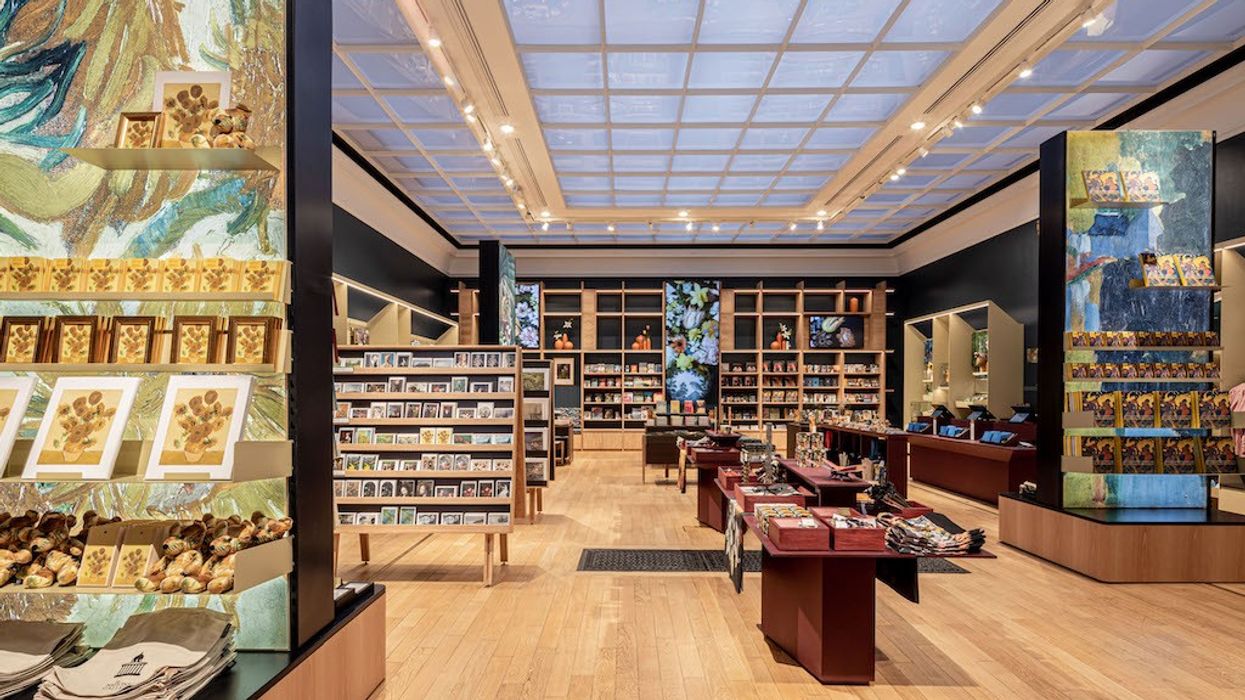




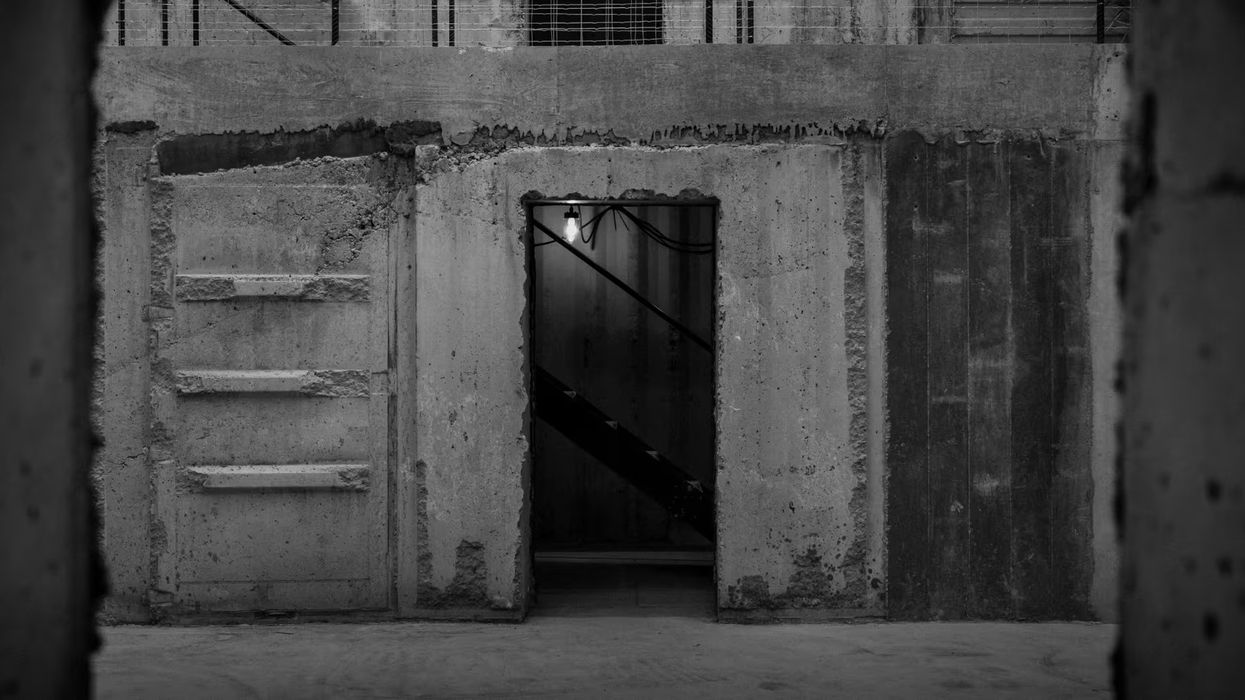

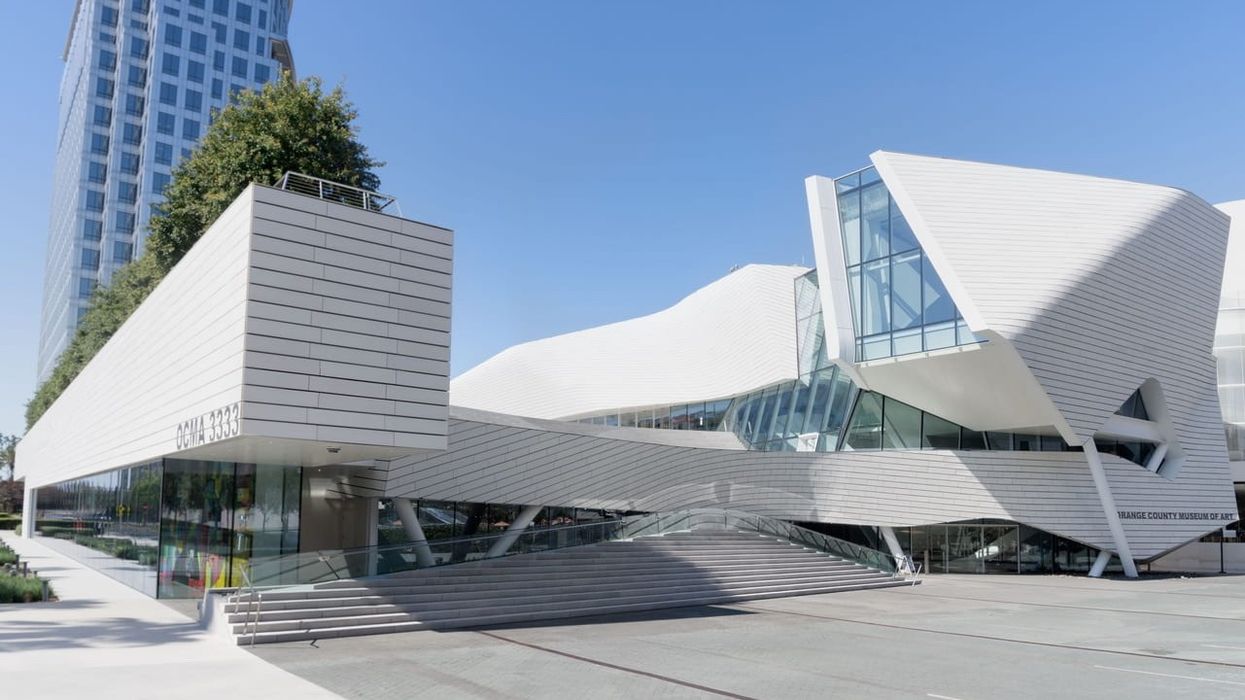








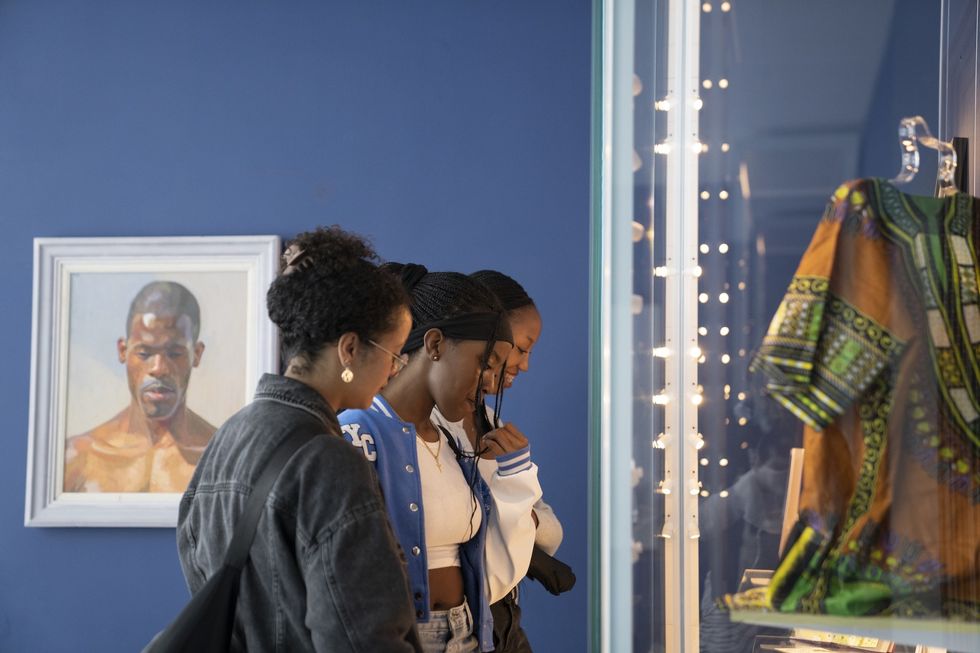
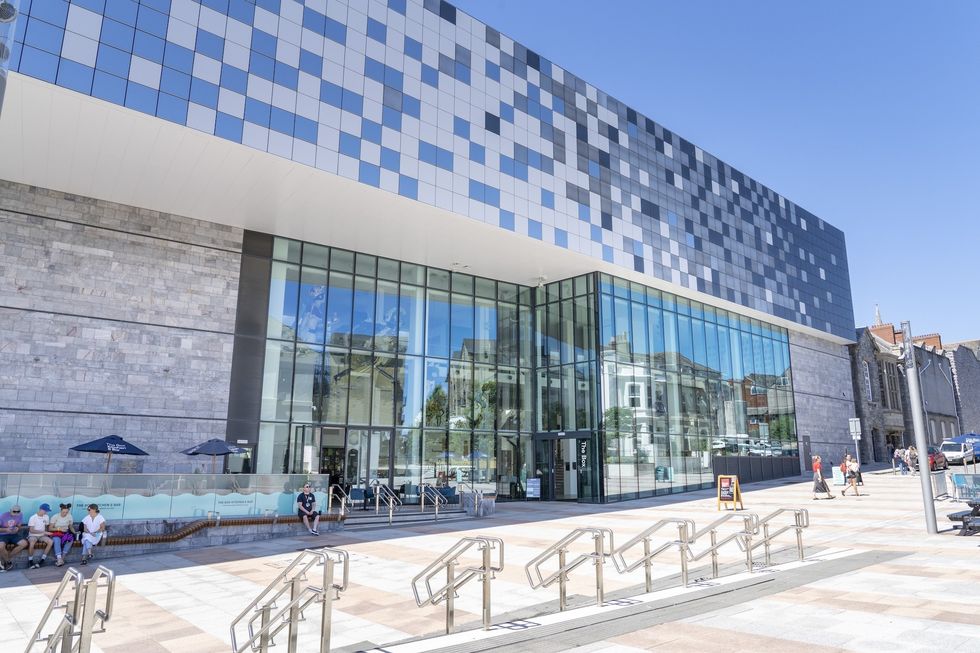

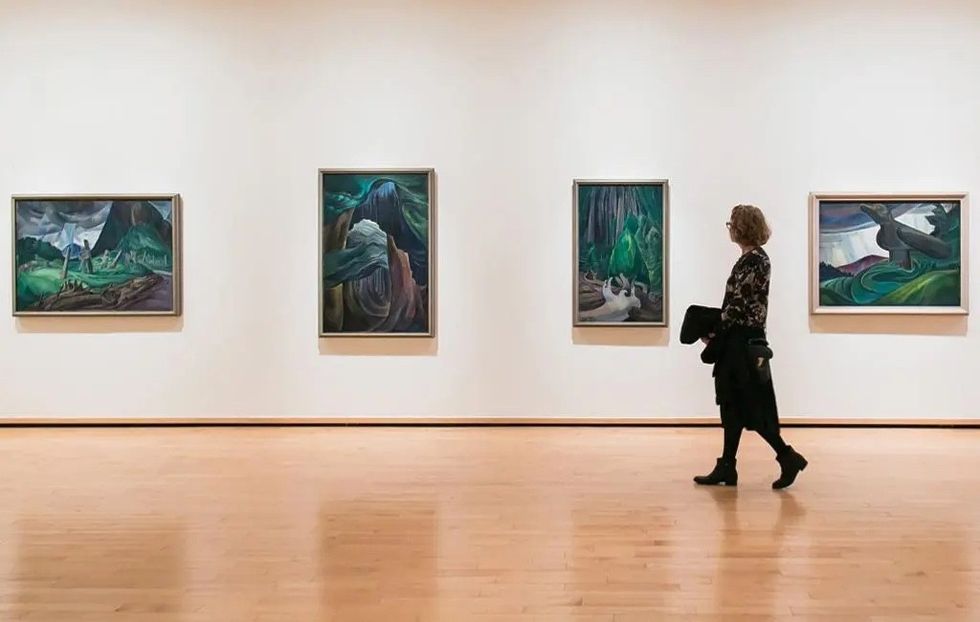
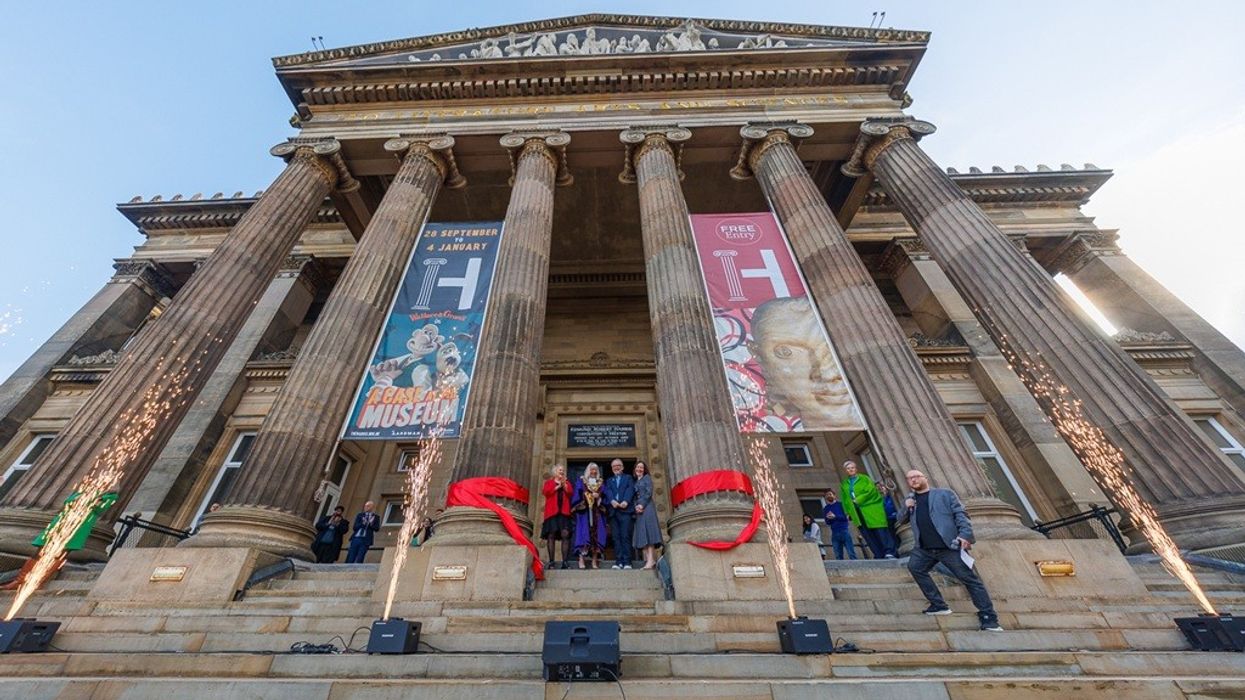
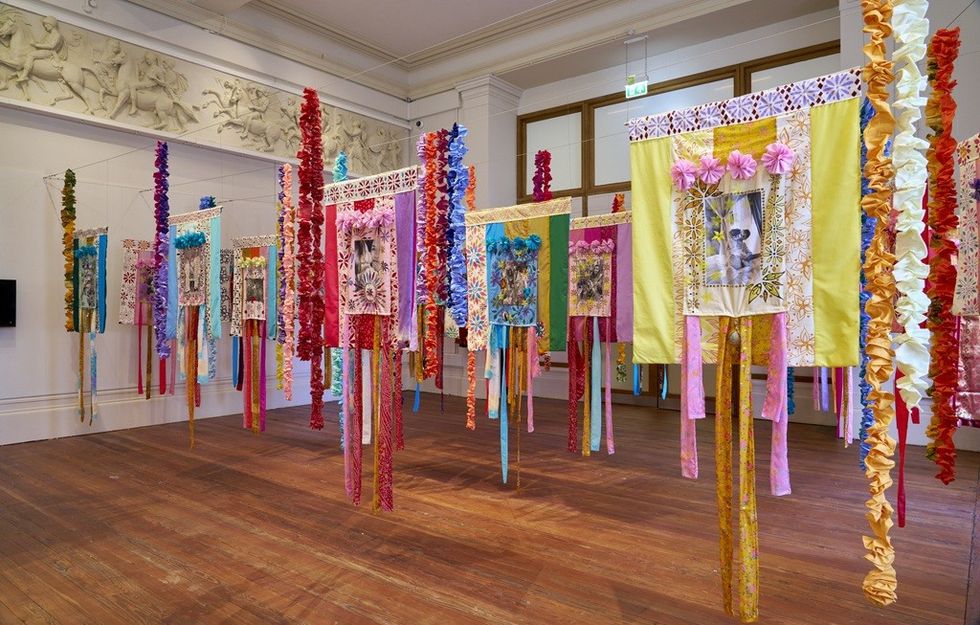 Courtesy Simon Critchley Photography
Courtesy Simon Critchley Photography Courtesy Michael Porter Photography
Courtesy Michael Porter Photography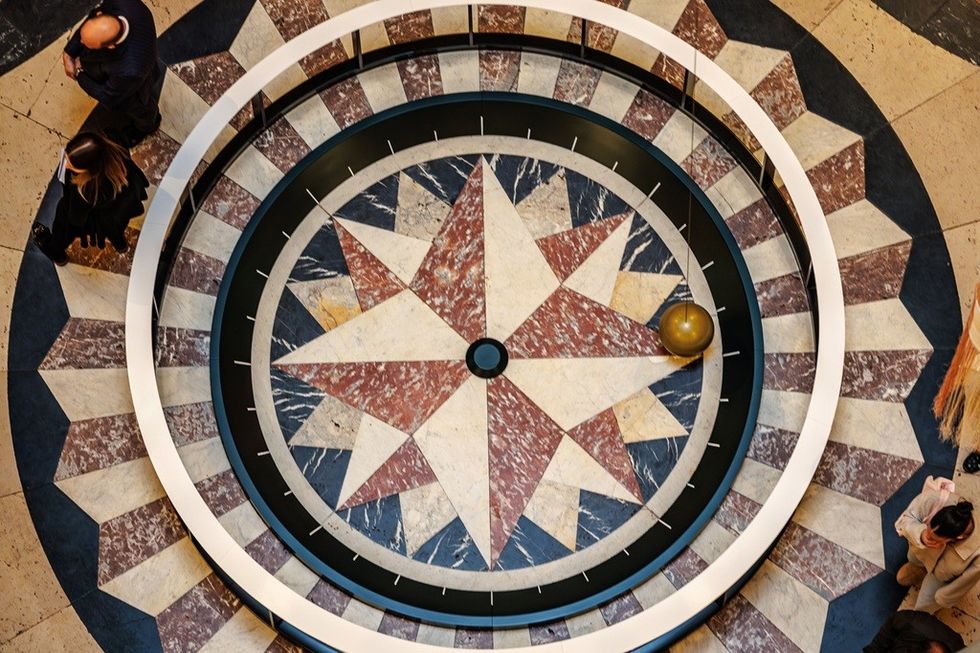 Courtesy Michael Porter Photography
Courtesy Michael Porter Photography Courtesy Michael Porter Photography
Courtesy Michael Porter Photography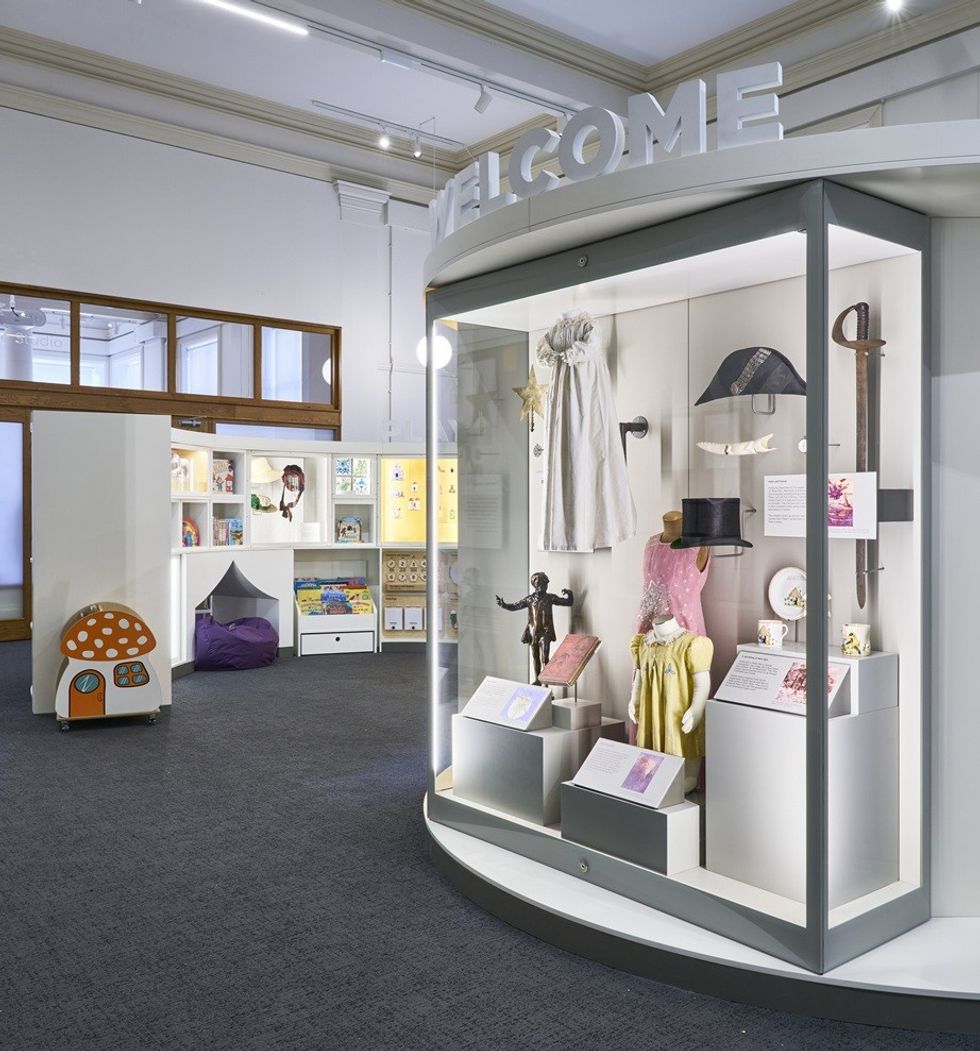 Courtesy Simon Critchley Photography
Courtesy Simon Critchley Photography Courtesy Michael Porter Photography
Courtesy Michael Porter Photography

